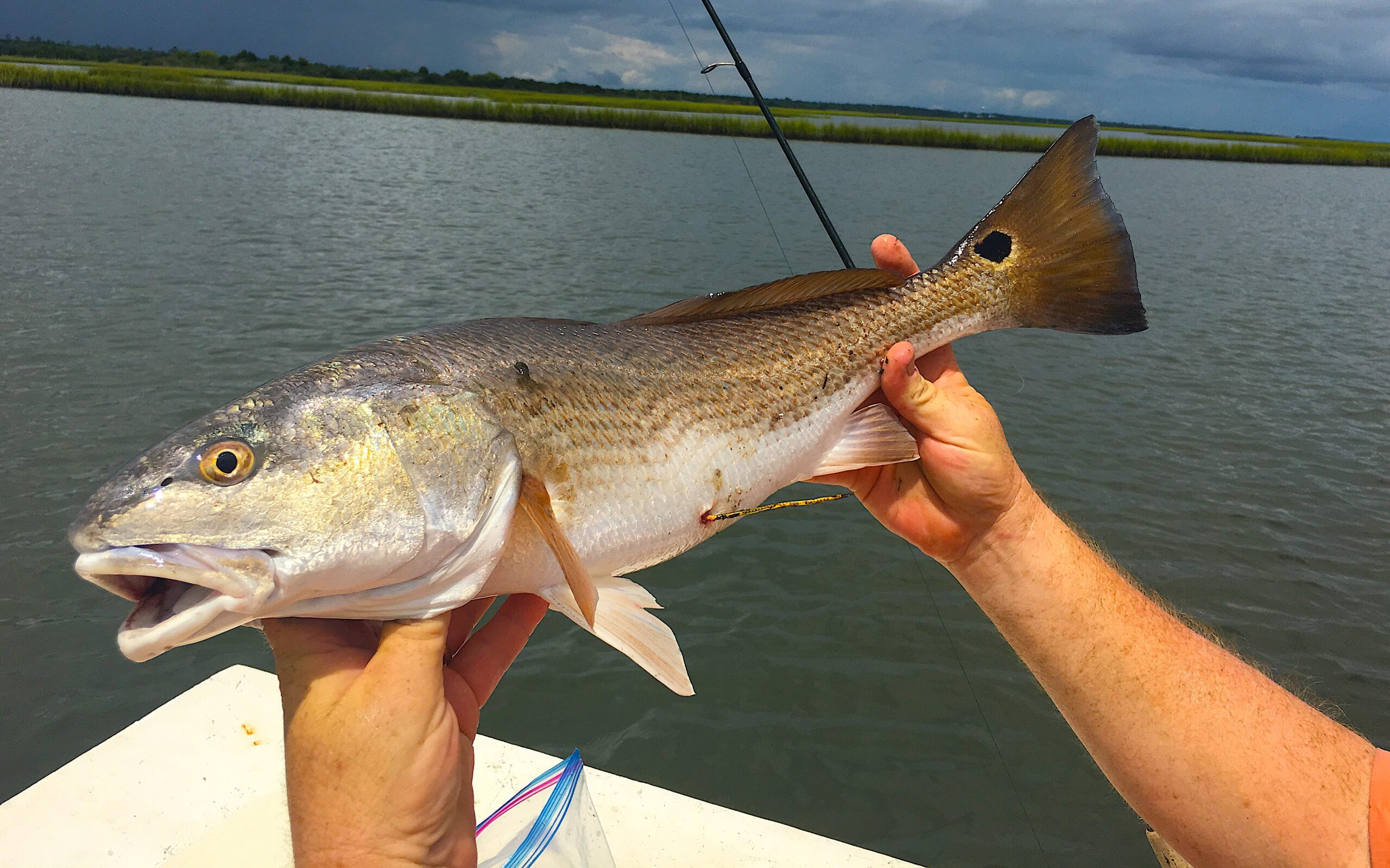How to Tag a Fish

To tag a fish, you can use tag applicators and attach the tag to the fish’s tail. It is important to properly measure the fish and securely insert the tag before releasing it back into the water.
Tagging fish allows scientists to track their movements and gather information about their behavior and habitat preferences. Tagging fish is a crucial method used by scientists to monitor fish populations and gather valuable data about their behavior and habitats. By attaching tags to fish and tracking their movements, researchers can gain insights into migration patterns, habitat preferences, diet, mortality, and more.
Tagging a fish involves using specialized tag applicators to securely fasten a tag onto the fish’s tail. This process helps scientists answer important questions and contributes to the management and conservation of fish species. We will explore the process of tagging fish and the significance of this technique in fisheries research.
Methods Of Tagging Fish
Fish tagging methods used to monitor fish populations include movement mapping and mark and recapture. Movement mapping involves tagging fish and using technology to map their movements, which helps marine biologists and resource managers track their locations and behaviors. Mark and recapture involves tagging fish and then recapturing them to gather information on migration patterns, habitat preferences, diet, and mortality. Tagging fish is essential for scientists to gather data on fish migration and behavior, providing valuable insights into their ecological roles.

Credit: gf.nd.gov
Benefits Of Tagging A Fish
Tagging a fish offers numerous benefits when it comes to the monitoring of fish populations. One of the main advantages is the opportunity to understand migration patterns. By tagging fish and using technology to track their movements, marine biologists and resource managers can gain valuable insights into their behavior. This information can be used to answer questions about habitat preferences, migration routes, diet, and even mortality rates. Additionally, tagging fish allows scientists to gather data on fish populations and make informed decisions regarding conservation efforts. It is an essential tool in ensuring the sustainability of fish species and maintaining the ecological balance of aquatic ecosystems. So, if you’re an angler or someone interested in studying fish, consider learning how to tag a fish and contribute to the valuable research being conducted in this field.
How To Tag A Fish: Step-by-step Guide
Tagging a fish is an important process that allows scientists and researchers to gather valuable information about fish migration patterns, habitat preferences, and more. Here is a step-by-step guide on how to tag a fish:
- Preparing Tagging Gear: Before you start tagging, make sure you have all the necessary equipment, including tags, tag applicators, and a measuring tape.
- Measuring the Fish: Carefully measure the length of the fish using a measuring tape. This information will be recorded for research purposes.
- Attaching the Tag: Insert the tag applicator into the fish’s body, near the dorsal fin. Slide the applicator off the tag, leaving the tag securely attached to the fish.
- Releasing the Fish: Gently place the fish back into the water, allowing it to swim away freely. It is important to handle the fish with care to minimize stress and injury.

Credit: wildlife.ca.gov
Tagging Fish On A Budget
Tagging fish on a budget can be accomplished using homemade tagging methods or inexpensive tagging solutions. One method involves using brightly colored plastic tags, which can be easily seen and identified. These tags can be purchased inexpensively from fishing supply stores or online retailers. Another option is to create your own tags using durable materials like plastic or metal. By cutting, shaping, and labeling these materials, you can make effective and affordable fish tags. Regardless of the method chosen, ensuring that the tag is securely attached to the fish is critical for successful tagging. Proper tagging not only helps track the movement and behavior of fish but also contributes valuable data for scientific research and conservation efforts.

Credit: fishingbooker.com
Frequently Asked Questions Of How To Tag A Fish
How Do You Put A Tag On A Fish?
To tag a fish, follow these steps: Measure the fish and insert the tag carefully. Return the fish to the water.
What Are The Methods Of Tagging Fish?
Fish can be tagged using two main methods: movement mapping or tracking, and mark and recapture. Movement mapping involves using technology to tag fish and track their movements, while mark and recapture involves tagging fish and later recapturing them to gather information about their migration, habitat preferences, diet, and more.
Can You Get Paid For Tagging Fish?
Yes, you can get paid for tagging fish by participating in tag and release programs. These programs often offer rewards for reporting tagged fish.
What Does It Mean To Tag A Fish?
Tagging a fish involves attaching a tag to the fish and recording its information. This helps scientists track the fish’s movements, migration patterns, habitat preferences, and more. It provides valuable data for studying fish populations and answering important questions about their behavior and ecology.
Conclusion
Tagging a fish is vital for conservation and scientific research purposes. By following proper techniques and guidelines, anglers can contribute to the understanding of fish populations and their habitats. Through these efforts, we can support sustainable fishing practices and protect the marine ecosystem for future generations.



